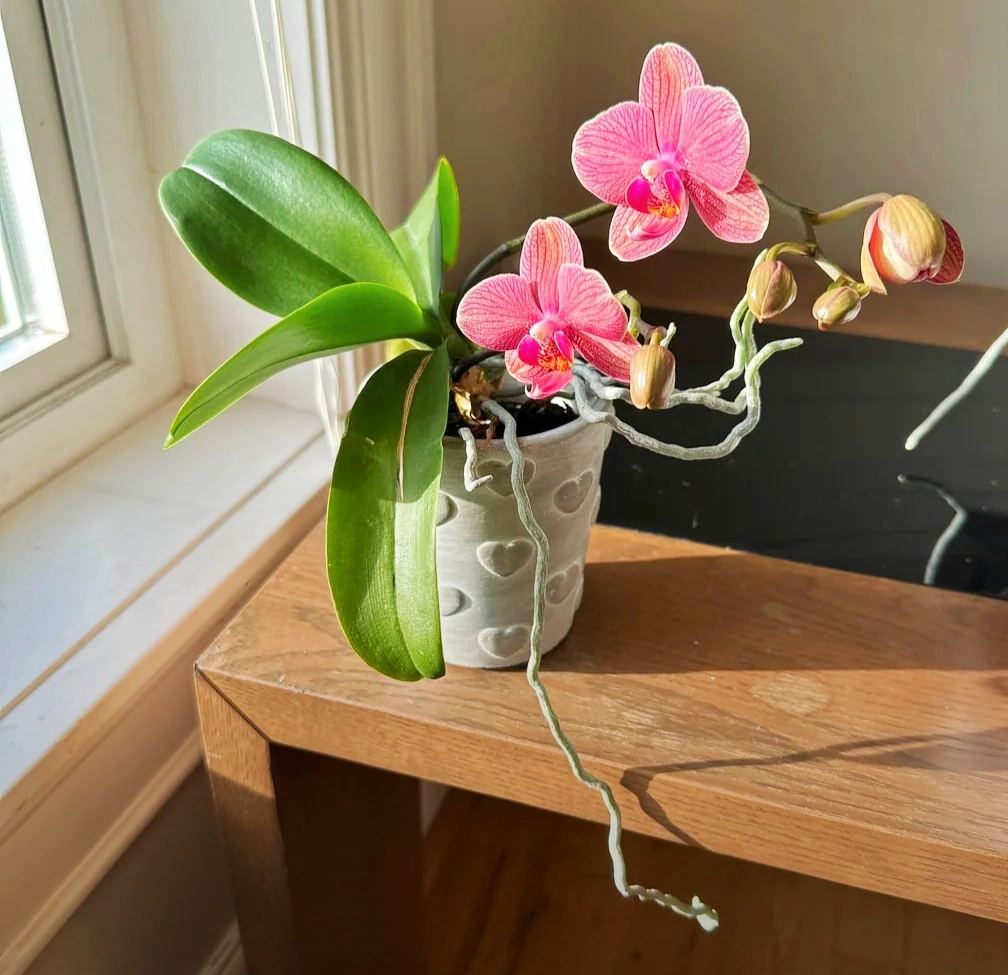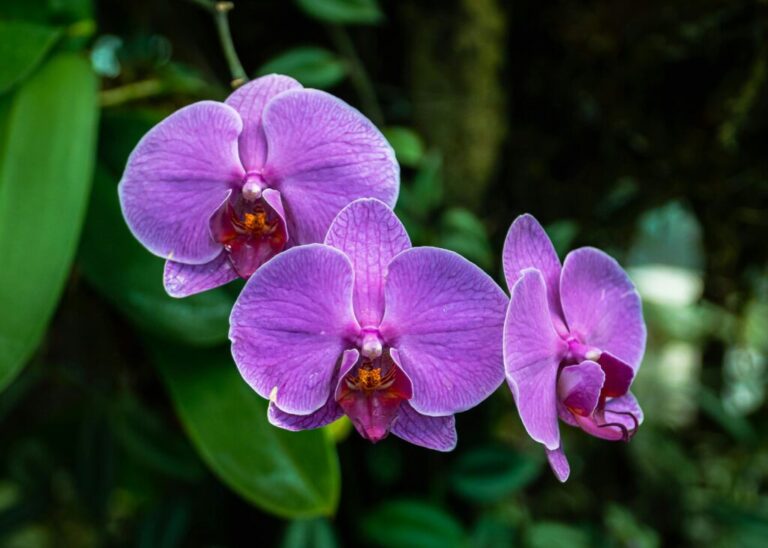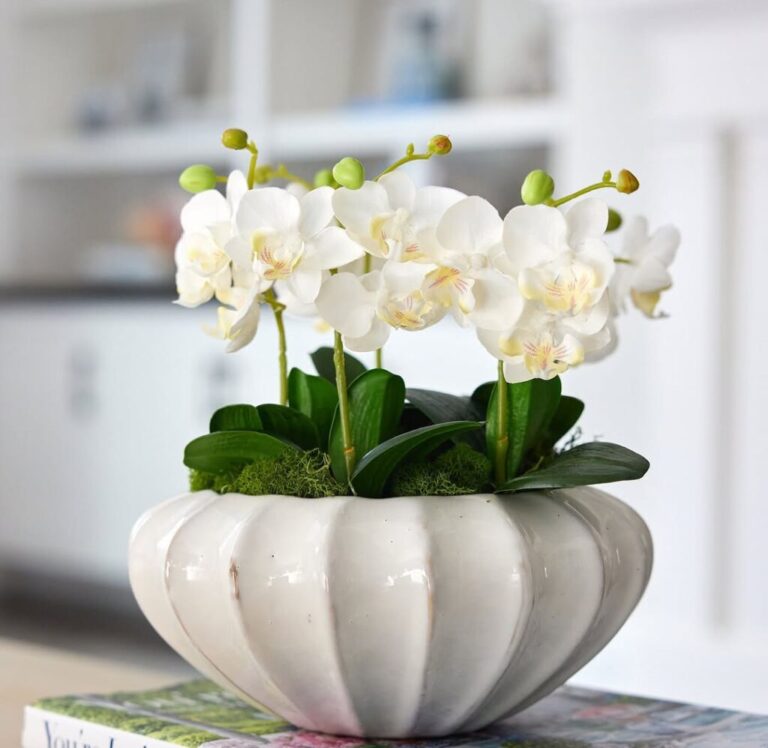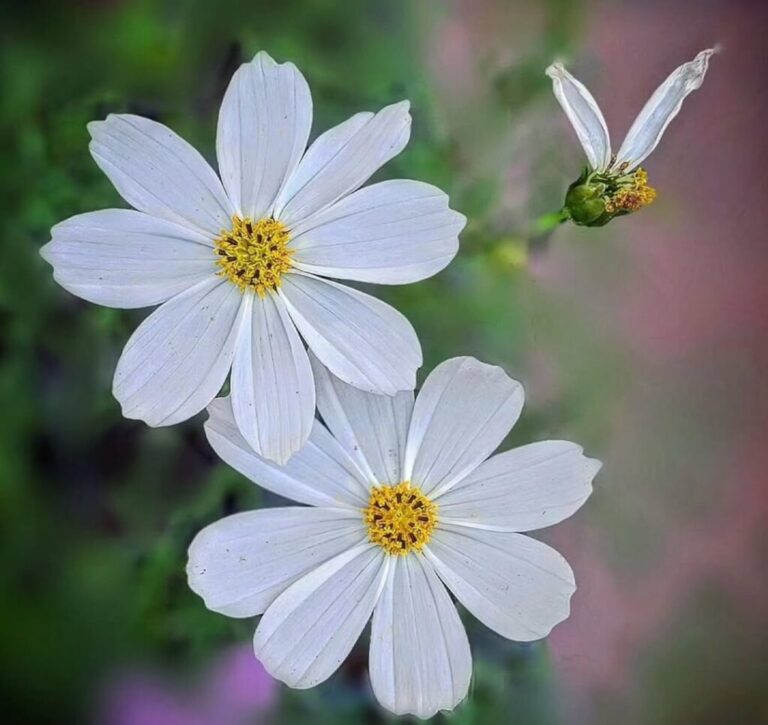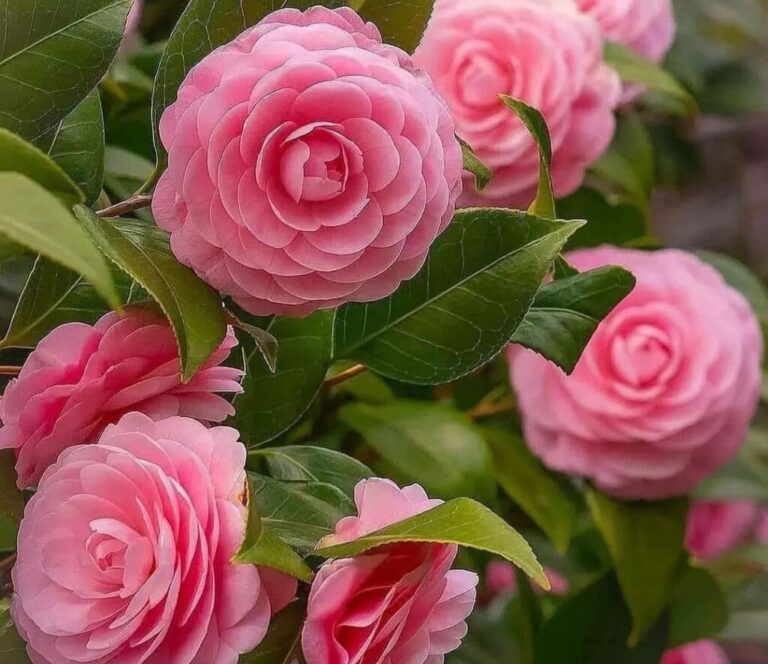Have you ever looked at your orchid and noticed long, twisting roots reaching out of the pot, almost as if they’re trying to escape? If you’re new to growing orchids, these aerial roots might seem unusual or even messy. Some orchid lovers adore their wild and natural look, while others find them untidy and wonder if they should be trimmed.
So, can you trim orchid aerial roots? The short answer is no—at least not unless absolutely necessary. These roots play a critical role in your orchid’s ability to absorb moisture, nutrients, and even light. Cutting them can cause harm, weaken the plant, and even lead to disease. But don’t worry—there are ways to manage these roots without compromising your orchid’s health.
In this guide, we’ll dive deep into everything you need to know about orchid aerial roots. You’ll learn what they are, why they grow, whether trimming is ever okay, and how to manage them properly. By the end, you’ll know exactly what to do (and what to avoid) when dealing with aerial roots!
- 1 What Are Orchid Air Roots?
- 2 How Are Aerial Roots Different from Normal Roots?
- 3 They provide extra support for the plant, helping it anchor itself in place.
- 4 Should You Trim Orchid Aerial Roots?
- 5 However, there are a few exceptions where trimming might be necessary:
- 6 How to Manage Aerial Roots Without Trimming
- 7 1. Double-Potting Method
- 8 2. Encouraging Aerial Roots into the Pot
- 9 3. Mounting Your Orchid Instead of Potting
- 10 How to Safely Trim Orchid Aerial Roots (If Necessary)
- 11 Caring for Orchid Aerial Roots
- 12 Watering and Humidity Needs
- 13 Light Requirements
- 14 What to Do About Overgrown Roots?
- 15 Conclusion: To Trim or Not to Trim?
- 16 FAQs About Orchid Air Roots
What Are Orchid Air Roots?

Orchid aerial roots are specialised roots that grow outside of the pot, rather than staying buried in the potting media. These roots are not a sign of an unhealthy plant—quite the opposite! They are an essential part of the orchid’s survival strategy.
Most orchids, including popular types like Phalaenopsis, are epiphytes. This means that in the wild, they grow on trees rather than in the soil. Their roots help them attach to tree bark, absorb rainwater, and gather nutrients from the air. Instead of relying on traditional soil-based root systems, orchids have evolved to thrive in an entirely different way.
If your orchid has aerial roots, it is simply doing what comes naturally. These roots allow the plant to adapt to changing conditions, find moisture in the air, and continue growing even when the potting media starts to degrade over time.
How Are Aerial Roots Different from Normal Roots?
At first glance, aerial roots might look quite different from the roots inside the pot, but they actually serve the same fundamental purpose. There are several significant distinctions, though.
Aerial roots are usually healthier than pot-bound roots because they are exposed to fresh air and have less risk of rotting.
They are covered in a special tissue called velamen, which helps them absorb moisture from the air and protects them from drying out.
They can photosynthesise! Unlike typical roots, orchid aerial roots can absorb light, just like leaves, helping the plant produce energy.
They provide extra support for the plant, helping it anchor itself in place.
While pot-bound roots can suffer from decay if the potting media breaks down, aerial roots tend to remain strong and active for much longer. This is why it’s generally best to leave them alone unless they are damaged.
Should You Trim Orchid Aerial Roots?
In most cases, the answer is no. Healthy aerial roots are essential for your orchid’s well-being, and cutting them can weaken the plant, reduce its ability to take in water, and increase the risk of infections.
However, there are a few exceptions where trimming might be necessary:
If an aerial root has become completely dry, shrivelled, or rotted, it is no longer serving a purpose and can be carefully removed.
If a root is damaged, broken, or infected with fungus, trimming it may help prevent further issues.
If your orchid has very few healthy roots inside the pot, it is crucial to leave as many aerial roots as possible to support the plant.
If none of these issues apply, it’s best to let aerial roots grow freely. They are not harming the plant—in fact, they are helping it thrive!
Orchid Air Root Care Guide
| Condition | Trim? (Yes/No) | What to Do Instead? |
|---|---|---|
| Green, firm air roots | ❌ No | Leave them, they help with moisture absorption. |
| Gray/silver air roots | ❌ No | Normal in dry conditions—mist them lightly. |
| Wrinkled, dry air roots | ❌ No | Soak or increase humidity. |
| Black or mushy roots | ✅ Yes | Trim with sterilized shears to prevent rot. |
| Dead, hollow roots | ✅ Yes | Remove to encourage healthy growth. |
| Roots growing outside the pot | ❌ No | Normal for epiphytic orchids. Only repot if overcrowded. |
How to Manage Aerial Roots Without Trimming
If you don’t like the look of aerial roots, there are several ways to manage them without cutting them off.
1. Double-Potting Method
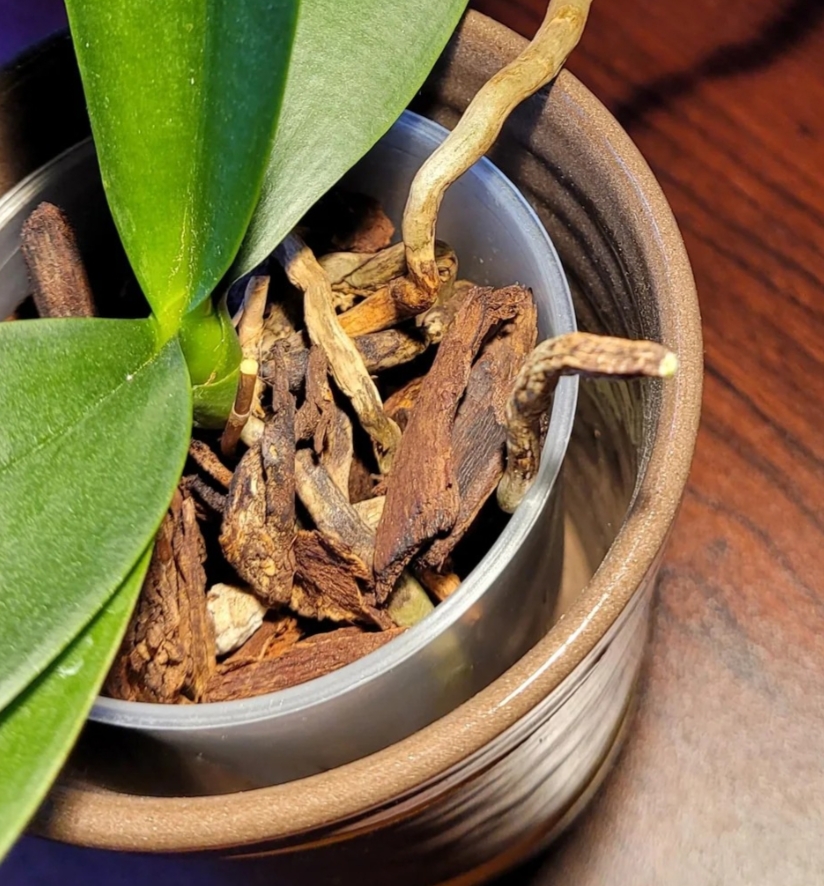
One effective way to make aerial roots less noticeable is by using a double-potting system. This involves placing your orchid in a clear plastic pot (which is excellent for monitoring root health) and then setting that pot inside a decorative outer pot.
As the aerial roots grow, you can gently encourage them to stay within the outer pot instead of sprawling in random directions. This method keeps the roots protected, hydrated, and out of sight while still allowing them to function properly.
⚠️ Important Tip: Always make sure there is no standing water at the bottom of the decorative pot. Too much moisture might cause root rot.
2. Encouraging Aerial Roots into the Pot
In some cases, you may be able to gently guide aerial roots into the potting media. However, this only works if:
The potting mix is loose and airy, such as orchid bark or LECA (lightweight expanded clay aggregate).
You do not force the roots too deep—burying them can cause rot due to lack of airflow.
If a root resists being tucked into the pot, it’s best to leave it alone. Orchids know where their roots need to be!
3. Mounting Your Orchid Instead of Potting
If you want to mimic an orchid’s natural habitat, consider mounting it on a piece of bark, cork, or driftwood. This method allows aerial roots to grow freely while providing a more natural look.
Mounted orchids require more frequent watering, but they eliminate the risk of overwatering and root rot. This can be a great option for orchid enthusiasts who want to experiment with new growing techniques!
How to Safely Trim Orchid Aerial Roots (If Necessary)
If you must trim an aerial root due to damage or disease, follow these steps to do it safely:
Water the plant first to hydrate the roots, making them more flexible and less prone to shock.
Use sterilised scissors or a sharp blade to prevent introducing infections. You can sterilise your tools with rubbing alcohol or by briefly heating them over a flame.
Make a clean, precise cut as close to the stem as possible, without harming the plant’s base.
Apply cinnamon powder or fungicide to the cut area to prevent bacteria or fungal infections.
Trimming should always be a last resort. The goal is to maintain as many healthy roots as possible to keep your orchid thriving.
Caring for Orchid Aerial Roots
Even if you don’t trim them, aerial roots still require proper care to stay healthy.
Watering and Humidity Needs
Do aerial roots need watering? Not always. If the roots in the pot are receiving adequate moisture, aerial roots will absorb humidity from the air.
If your home is dry, you can mist aerial roots occasionally to keep them hydrated.
If roots appear shrivelled and grey, your orchid may need more frequent watering.
Light Requirements
Orchid roots photosynthesise, so exposing them to indirect light is beneficial.
Avoid placing your orchid in harsh direct sunlight, as this can burn the roots and cause them to dry out.
What to Do About Overgrown Roots?
If both aerial and pot-bound roots are overwhelming the plant, it may be time to repot. Choose a slightly larger pot, trim any dead roots, and refresh the potting mix to promote healthy growth.
Conclusion: To Trim or Not to Trim?
In most cases, orchid aerial roots should not be trimmed. They are essential for absorbing moisture, nutrients, and light, helping your plant grow strong. If their appearance bothers you, try double-potting, guiding roots into the pot, or even mounting your orchid for a more natural look.
Only trim aerial roots if they are dead, diseased, or damaged, and always follow safe cutting practices to prevent harming your plant.
By understanding the role of aerial roots and how to care for them, you can keep your orchid happy, healthy, and thriving for years to come!
FAQs About Orchid Air Roots
What are orchid air roots?
Orchid air roots are specialized roots that grow above the soil or potting medium, allowing orchids to absorb moisture and nutrients from the air.
Why do orchid air roots grow outside the pot?
Orchid air roots naturally grow outside the pot because they are adapted to epiphytic living, where they attach to trees and absorb humidity from the air.
Should I trim orchid air roots?
You should not trim orchid air roots unless they are dry, mushy, or dead. Healthy air roots help the orchid absorb moisture and nutrients.
Can I put orchid air roots back into the potting medium?
It is best to leave orchid air roots exposed because they need air circulation. Forcing them into the medium can lead to rot.
What do dry orchid air roots mean?
If orchid air roots appear dry or shriveled, it usually indicates low humidity or insufficient watering. Misting or increasing humidity can help.
How do I care for orchid air roots?
To care for orchid air roots, maintain proper humidity, water regularly, and avoid cutting them unless they are dead or damaged.
Why are my orchid air roots turning brown?
Browning orchid air roots can result from underwatering, excessive direct sunlight, or fungal infections. Check your care routine.
Do orchid air roots need to be misted?
Yes, misting orchid air roots can help maintain moisture, especially in dry environments. However, avoid excessive misting to prevent rot
Can I repot an orchid with many orchid air roots?
Yes, but be gentle with orchid air roots to avoid damage. Use a well-draining medium and allow the roots to remain partly exposed.
Are orchid air roots a sign of a healthy plant?
Yes, abundant orchid air roots usually indicate a healthy plant. They show that the orchid is growing well and absorbing moisture from the air.
What happens if orchid air roots break?
If orchid air roots break, they won’t grow back from the same spot. However, new roots will eventually develop if the plant remains healthy
Can I fertilize orchid air roots?
Yes, you can lightly mist orchid air roots with a diluted orchid fertilizer to provide nutrients without causing burn.
Why do some orchids have more orchid air roots than others?
Some orchid species, like Vandas and Phalaenopsis, naturally produce more orchid air roots because they rely heavily on aerial moisture.
Do orchid air roots mean my orchid needs repotting?
Not necessarily. If your orchid is healthy and growing well, orchid air roots are normal. Repot only if the potting medium has broken down.
Can orchid air roots absorb water?
Yes, orchid air roots absorb water from the air, misting, or direct soaking. Keeping them hydrated ensures optimal orchid health.
